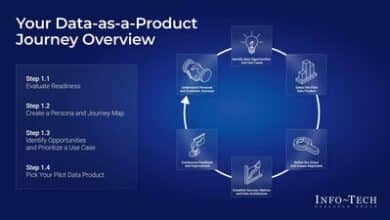In this digi-centric era, where businesses globally are shifting towards automation to streamline their operations, understanding the role of data importing in simplifying payment processes can be a game-changer. Dive into this article to explore this arena, get acquainted with data importing, its advantages, the best-suited software for your needs and a glimpse into its practical application in the business world.
Understanding the Basics: What is Data Importing?
Data importing can be simply defined as the process of getting data from different sources into a single application for more efficient analysis and quick decision making. This data could be form of spreadsheets, text files, CSV files, databases or even from different applications.
The purpose of refining this imported data is to enhance the efficacy of business operations, particularly the payment procedures where error-free data is crucial. By preventing the possibility of manual errors, data importing provides a solid foundation for a smooth payment flow.
Outsourcing the Chaos: How Data Importing Streamlines Payment Processes
In businesses, data importing plays a cardinal role in optimizing payment procedures. It starts with mapping incoming invoices, orders or bills with the already existing data. This helps to eliminate data redundancy and errors that could potentially delay payment processes.
Automating this process with data importing software further streamlines operations, freeing personnel from manual spreadsheet management. This enables teams to focus on higher-order tasks, boosting productivity overall.
Navigating Software: Selecting the Best Data Importing Solutions
Picking the right data importing solution is crucial for your business. Fortunately, there are myriad of software available in the market. For instance, Quickbooks is highly popular among SMBs since it allows seamless data importing from various sources to automate payment processes.
When selecting software, consider its compatibility with your existing system, ease of data mapping, automation capabilities, and importantly, its security measures. A fortified solution safeguards sensitive data from security threats, ensuring a safer payment process.
Case Study: Real World Application of Data Importing in Business
To better understand the real-world impact of data importing, consider the case of a small e-commerce business. Overwhelmed with a multitude of orders from different platforms, managing invoices turned into a daunting task. The implementation of a data importing tool automated their entire payment process. It facilitated them to import invoice data directly from various platforms, automatically assign payments based on predefined criteria, and even handle exchanges and refunds with ease.
Thus, it’s visible that data importing is much more than IT jargon. Seen as a significant step towards automation, it helps businesses stay afloat in this fast-moving digital world.
To summarize, the importance and advantages of data importing in streamlining payment processes are undeniable, paving the way for future advancements in this digital era. By automating invoices, eliminating errors, and fostering faster decision-making, businesses of all sizes can benefit.
However, the process might seem intimidating without the right tools. That’s where Online Check Writer comes into play. As a one-stop solution for all your payment needs, it integrates with 22K banks and leading accounting and payroll software to simplify your payment process seamlessly at a low-cost. Online Check Writer, now trusted by over 1 million users, lets you make transactions through a secure platform, allowing checks, digital checks, ACH and RTP transfers while being able to import data from various platforms.
No more struggles with check printing or transfers. Join the league of efficient businesses by signing up with Online Check Writer and making your payment processes as smooth as possible. The rest? Well, it will be history!
Don’t miss our latest Startup guide: Fostering Financial Flexibility: The Intersection of Data Importing and Payment Processes



